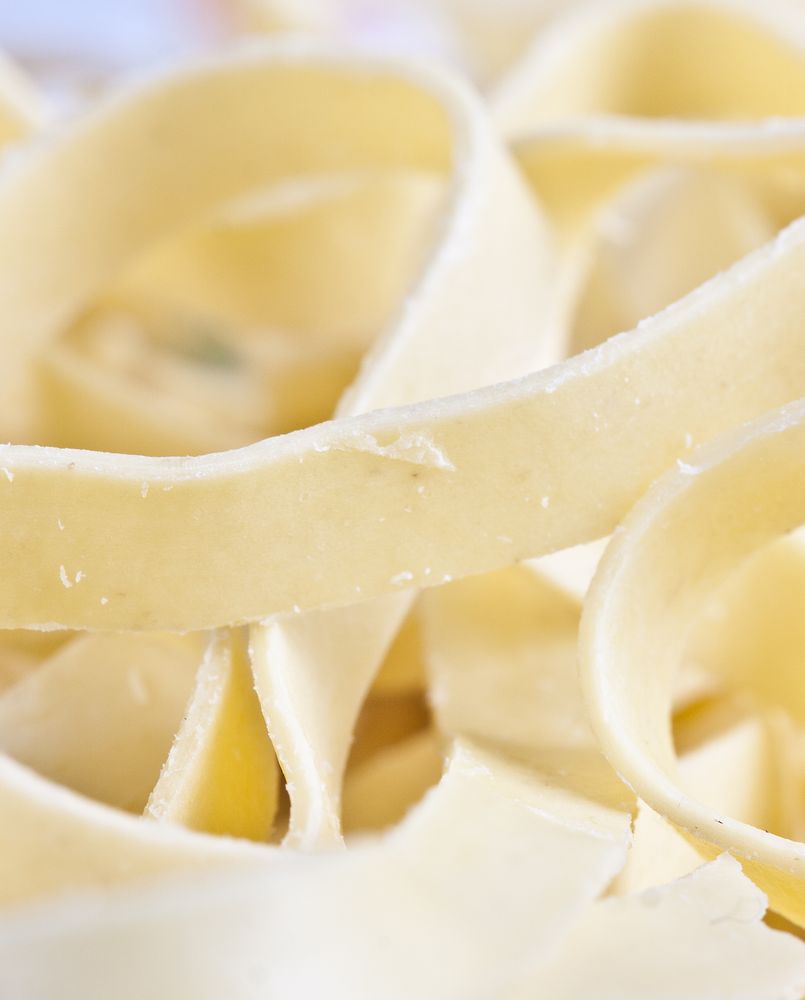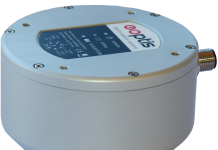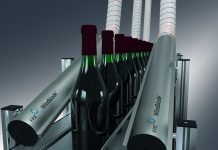 Use of Chia seeds flour for gluten-free pasta.
Use of Chia seeds flour for gluten-free pasta.
Salvia hispanica L., commonly known as Chia, is an annual herbaceous plant belonging to the family of Lamiaceae. It is an oilseed native to central and southern Mexico and Guatemala, and now commonly spread in other countries. The expansion of this cultivation and the marketing of products which include Chia seeds are in rapid growth throughout the world, thanks to numerous research studies which show its nutritional benefits.
Chia seeds are in fact the vegetable source with the highest concentration of polyunsaturated omega-3 fatty acids (PUFA). The oil contains α-linolenic acid in concentrations (up to 68%) higher than those of flax seed, rapeseed oil and soybean oil. The consumption of PUFA offers already known health benefits, but Chia seeds are also a rich source of proteins, soluble fiber and antioxidants with interesting nutritional and health benefits.
A recent study conducted by a group of Italian researchers (Messia et al., 2017), in order to improve the nutritional quality of gluten free food, the possibility of introducing Chia seeds flour in the preparation of gluten-free pasta was evaluated. Chia flour and the final product were submitted to tests on chemical-nutritional composition, total starch, gelatinized starch and resistant.
Moreover, the pasta was submitted to cooking quality and accelerated shelf-life testing. In summary, the results confirm the possibility of using Chia for gluten-free pasta, providing a product with improved nutritional characteristics together with optimized cooking quality and stability to oxidation.
Development of methods for the on-line quality control of raw materials during the production of pasta.
According to Italian regulations, in the production of pasta, the maximum level of contamination of durum wheat (DW) with common wheat (CW) is equal to 3%. It is therefore essential for the industry to have reliable methods that can detect and quantify such contamination directly in line. In this respect, a recent study conducted by a group of international researchers (Vermeulen et al., 2018), proposed the use of a hyperspectral imaging method in the near infrared (NIR) in order to capture images in a wavelength range between 1100 and 2400 nm.
For the experiment 77 samples of DW and 180 of CW were used. In order to discriminate the two types of raw materials, four different approaches were used based on morphological criteria, profiles of NIR spectra, protein content and the vitreous grains/non-vitreous grains ratio. The classification models were then constructed with the Partial Least Squares Analysis.
The results demonstrate that, through combined approaches based on morphology criteria and the NIR spectra profiles, it is possible to determine the contamination in the samples with an accuracy of 99%. In conclusion, the authors argue that the study confirms the potential of NIR technology in providing, with a single measurement, the information necessary for the purpose of discriminating the DW from CW.
However, further investigations are necessary to test the reliability of the system on an industrial scale, through classification tests of raw materials directly in line.
References: M.C. Messia et al., 11° Convegno AISTEC, Roma, 22-24 Novembre 2017, 122; Vermeulen et al., Journal of Cereal Science, 84, 2018, 74–82



